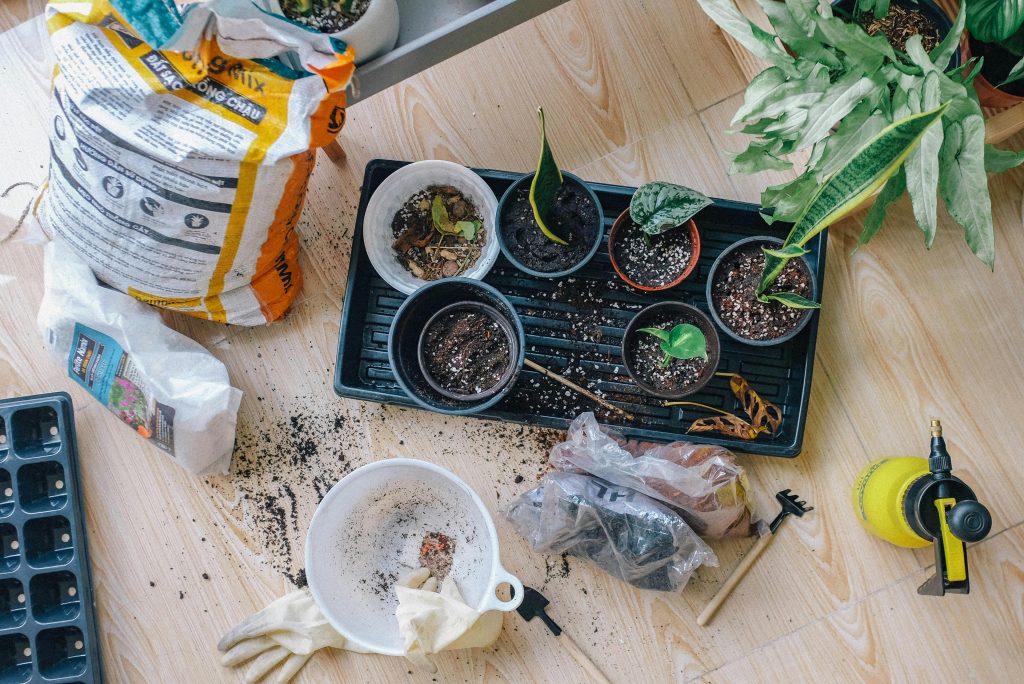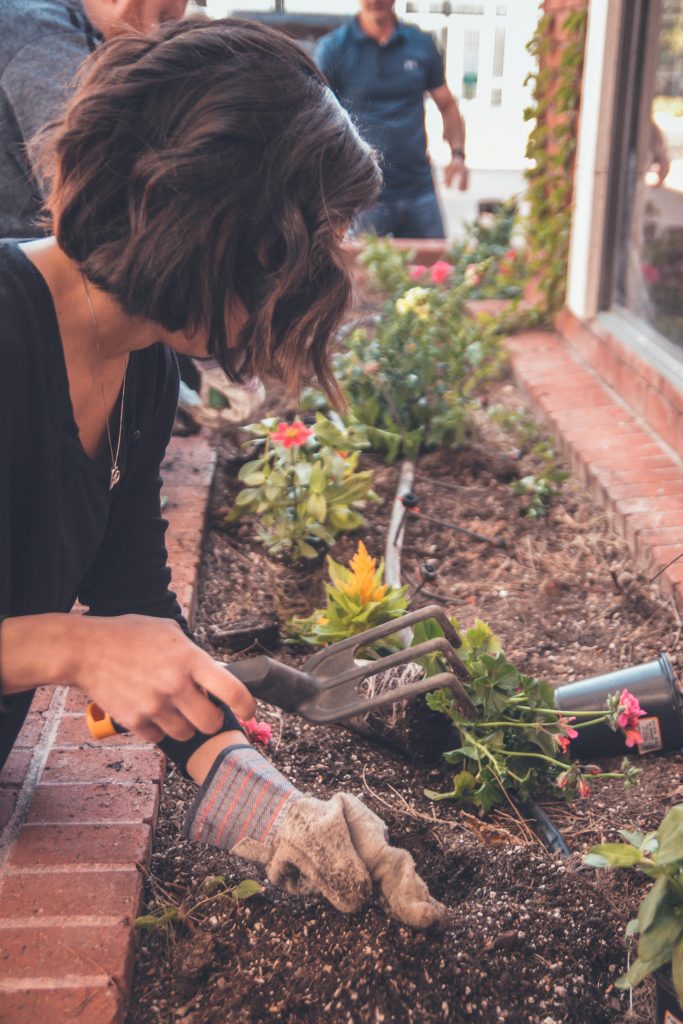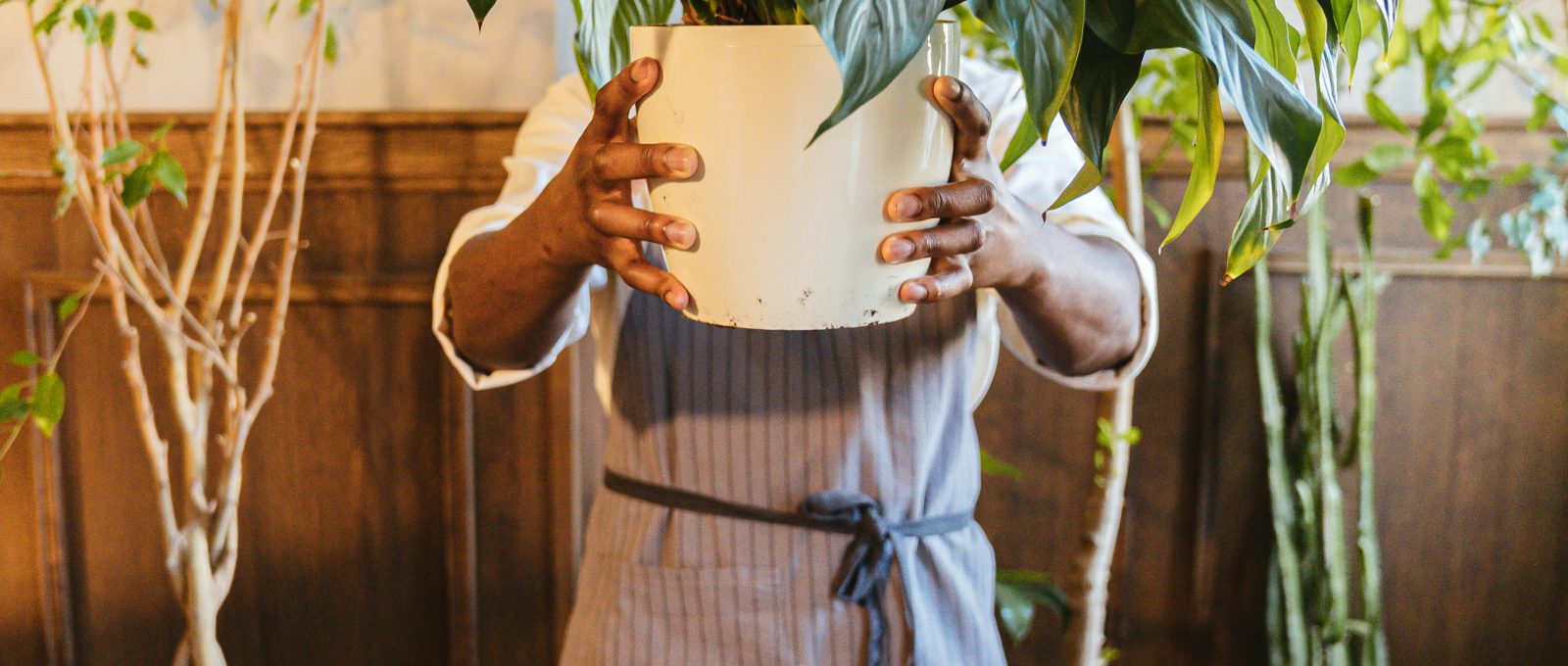Introduction
Welcome to the vibrant world of indoor gardening! Whether nestled in a cozy apartment or in a spacious room with minimal sunlight, creating a thriving oasis indoors can be both rewarding and challenging. Indoor gardens offer a unique blend of aesthetic appeal and air-purifying benefits, making them a popular choice for green enthusiasts. In this blog, we’ll dive into the top 5 tips that will help you maintain a healthy and flourishing indoor garden. From understanding the specific needs of different plants to controlling the environment, these expert tips will guide you on your journey to becoming an indoor gardening pro. So, roll up your sleeves and let’s nurture a slice of nature inside your home!
Understanding the Basics of Indoor Gardening

Indoor gardening is a fulfilling hobby that beautifies your home and can contribute to a healthier living environment. Plants indoors help purify the air and can offer a peaceful and green oasis in your home. Understanding the basics of indoor gardening involves choosing the right plants and knowing how to care for them. This knowledge is crucial for nurturing a thriving indoor garden.
Choosing the Right Plants for Indoor Gardening
The success of your indoor garden largely depends on the type of plants you select. Not all plants thrive in indoor environments, so it’s essential to choose species that are well-suited to the conditions in your home. Consider factors such as light levels, humidity, and temperature in your space. Low-light plants like pothos, snake plant, and peace lily are great for rooms with limited sunlight. Alternatively, if you have ample natural light, you might opt for something like succulents or cacti. Additionally, think about how much time you can dedicate to your indoor garden. Some plants require more care and attention than others.
Understanding Indoor Plant Care Needs
After selecting your plants, it’s important to understand their specific care requirements. Each plant species has unique needs regarding watering, lighting, humidity, temperature, and fertilization. For instance, tropical plants usually require high humidity and regular watering, while succulents thrive in dry conditions with minimal water. Research each plant’s preferences and strive to recreate the best environment for them to flourish. Also, be mindful of air circulation around the plants as this helps prevent the growth of fungi and pests.
Top 5 Tips for Maintaining a Healthy Indoor Garden

Now that you understand the basics, let’s dive into the top five tips for maintaining a robust indoor garden. These practices will help ensure your plants not only survive but thrive.
Tip 1: Proper Watering Techniques
Watering your plants correctly is crucial for their health. Overwatering is one of the most common mistakes beginners make, which can lead to root rot and fungal infections. On the other hand, underwatering can stress plants, leading to wilting and stunted growth. Each plant has different watering needs, but a general rule is to check the top inch of soil. If it’s dry, it’s time to water. Use lukewatch to feel the weight of the pot; a lighter pot usually indicates it’s time to water. Another effective technique is the bottom-watering method, where plants absorb water from a tray beneath the pot, which encourages healthy root growth and minimizes moisture on leaves that can lead to disease.
Tip 2: Providing Adequate Sunlight
Sunlight is a vital component for plant growth. Most indoor plants require indirect sunlight as direct sunlight can be too harsh and burn the leaves. The ideal placement is near a window where the sun’s rays don’t directly touch the foliage. If natural light is limited in your home, consider using grow lights. These special lights mimic natural sunlight and can help boost your plant’s growth. Remember to adjust the light exposure according to each plant’s specific needs.
Tip 3: Proper Soil Nutrition and Fertilization
The right type of soil and regular fertilization play a significant role in keeping your indoor plants healthy. Choose a soil mix that suits the type of plants you are growing. Many indoor plants prefer a peat-based potting mix because it allows for good aeration and drainage. Fertilizing helps replenish nutrients in the soil that plants deplete over time. However, be mindful not to over-fertilize as this can damage the plants. Utilize a balanced, water-soluble fertilizer and adhere to the recommended feeding schedule, usually every 4-6 weeks during the growing season. During winter, when plant growth naturally slows, reduce the frequency of fertilization.
Tip 4: Pest Control and Prevention
Dealing with pests is another critical aspect of indoor garden maintenance. Common indoor pests include spider mites, aphids, and scale insects. Regularly inspect your plants for signs of pests, such as small webs, sticky leaves, or visible bugs. To manage infestations, start with non-chemical methods such as washing plants with a mild soap solution or using neem oil, a natural pesticide. In severe cases, you might need to use synthetic pesticides, but always use these products cautiously and according to the instructions. Preventing pests starts with proper plant care, as healthy plants are less susceptible to infestations.
Tip 5: Regular Pruning and Maintenance
Regular pruning helps maintain plant health and aesthetic appeal. Remove dead or yellowing leaves to help encourage new growth and prevent disease. For flowering plants, pinch off spent blooms to promote more flowers. Pruning can also be used to control the size and shape of your plants, ensuring they remain attractive and manageable. Additionally, take this time to check the roots. If they are circling the container or look congested, consider repotting the plant into a larger pot. This helps to prevent root-bound plants, which can significantly stunt growth and affect a plant’s health.
By following these tips, you will be well on your way to having a healthy and beautiful indoor garden. Remember, patience and consistency are key. Each plant has its own personality and preferences, and part of the fun is learning and growing alongside them.
Conclusion: Ensuring a Thriving Indoor Garden
Maintaining a healthy indoor garden is not just about beautifying your space but also enhancing your well-being. By following the practical tips discussed, such as understanding your plants’ unique needs, providing the right light, and being mindful of water and humidity levels, you can create an environment where your indoor plants not only survive but thrive. Remember, the key to a lush indoor garden lies in consistent care and keen observation of the subtle needs of your plants. With patience and dedication, your indoor garden will become a vibrant oasis that brings life and tranquility to your home.




Leave a Comment